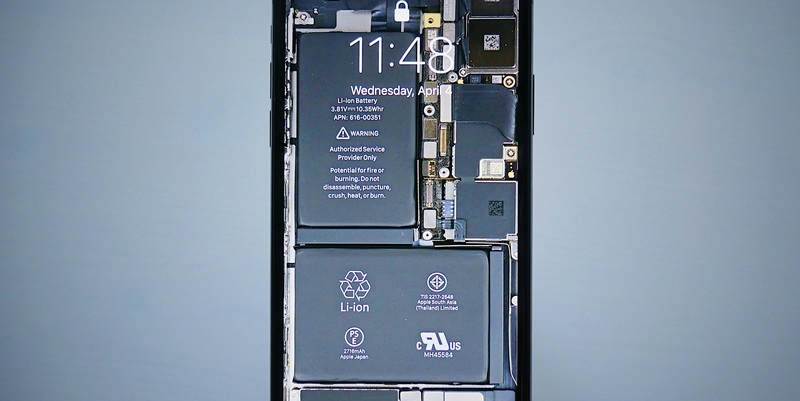As consumers eagerly await the release of the Samsung Galaxy S25 Slim and Apple iPhone 17 Air, a critical question looms over the tech world: can these giants overcome battery technology constraints to produce truly slim phones? Samsung and Apple, renowned for their cutting-edge designs, have long been at the forefront of sleek and slender smartphones. However, as both companies venture into their latest models, achieving the coveted slimness has proven to be more challenging than anticipated.
Samsung’s Galaxy S25 Slim has encountered significant hurdles, mainly centered around its battery technology. The company had hoped to incorporate advanced silicon-carbon batteries to enhance both performance and size but is now facing setbacks. Reports suggest that due to these difficulties, the Galaxy S25 Slim will be available in limited quantities and will likely forego the silicon-carbon battery technology. Consequently, this decision may result in the phone being thicker than initially projected, though it ensures that battery life remains competitive. This compromises the dream of ultra-slim designs, reflecting a broader trend where practicality often trumps aesthetic desires in mobile technology.
Similarly, Apple has also hit technical roadblocks with its iPhone 17 Air. Initially, the tech giant intended to revolutionize its battery chemistry to produce a thinner device. However, the ambitious plans did not materialize as expected, leading Apple to revert to conventional lithium-ion batteries. While the iPhone 17 Air measures over 6 mm in thickness—a reduction from the 7.8 mm-thick iPhone 16—it still falls short of past ultra-slim designs. For instance, as compared to older models like the 5.2 mm-thick Gionee Elife S5.1, the iPhone 17 Air questions whether it can genuinely be classified as a "slim" device.
This ongoing challenge highlights a critical shift in priorities for major tech companies like Samsung and Apple. By placing greater emphasis on battery performance rather than the slimmest possible design, they address user concerns about battery life and functionality. This approach points toward a future where balance plays a pivotal role in smartphone development, rather than the relentless pursuit of minimalism. While ultra-slim phones captivate consumer interest and serve as benchmarks of innovation, the reality of achieving such designs without compromising essential features remains elusive.
As the Galaxy S25 Slim and iPhone 17 Air prepare for their market debut, it is evident that both Samsung and Apple are grappling with the inherent limitations of current battery technology. The tech industry’s drive for ever-slender devices faces substantial resistance from practical necessities. Whether these industry leaders will ultimately uncover a solution to create impressively slim, high-performance smartphones remains an open question, fueling anticipation for future developments in mobile technology.

